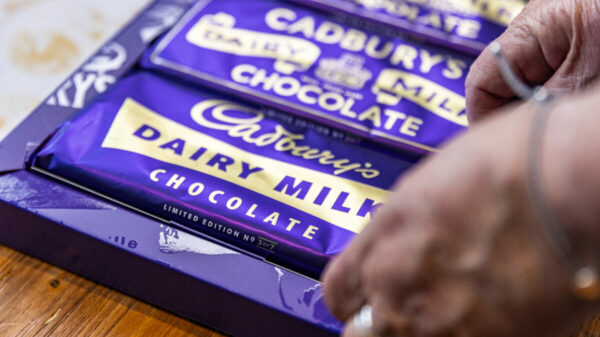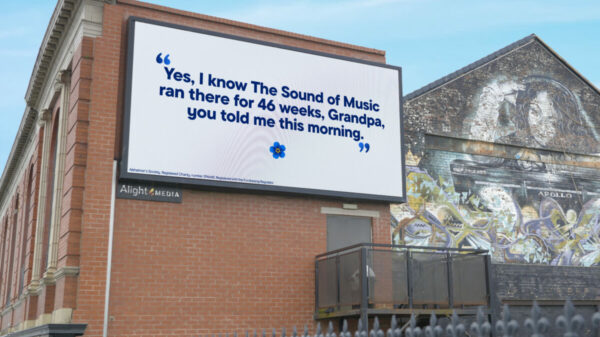Last October, the Advertising Standards Authority (ASA) brought in tough new rules banning gambling ads from including any content likely to be of strong appeal to under-18s.
At the time, the new rules – introduced to ensure that young and other vulnerable people were protected from ‘gambling advertising-related harms’ – were widely welcomed by gambling charities.
Since then, the ASA has published numerous rulings on the subject, with complaints against gambling giants such as Ladbrokes being upheld for appealing to an underage audience.
Gambling ads themselves have continued to make headlines over the past year, with increasing calls for the sector’s advertising output to be outlawed completely.
The Guardian banned gambling ads across all print and online outlets after the media group argued it is unethical to generate advertising revenue from companies which can lead to “addiction and financial ruin”. Its in-house ban encompasses all types of gambling advertising, including online casinos, sports betting promotions and scratchcards.
For the ASA though, its focus remained squarely on ads which might appeal to children, with the guidance issued alongside rules outlining clear categories of high, medium and low risk content.
This included advice that football is of inherent appeal to children, and topflight players and managers are highly likely to be of strong appeal as a result.
The ASA’s gambling red card
It was no great surprise when the ASA ruled that social media ads featuring then Premier League players Philippe Coutinho, Jesse Lingard and Kalidou Koulibaly were likely to be of strong appeal to under-18s, making them a ‘high risk’ for use in ads.
This was because of the large number of under-18s that follow football, as well as the fact that the sport has an “exceptionally high” media profile. An ad which included an image of five Premier League managers fell foul of the rules on similar grounds.
The ASA has also made it clear that prominent stars of other sports with a significant national profile also come under the high risk category.
The advertising watchdog upheld complaints against a series of tweets that featured high-profile tennis stars such as Novak Djokovic and Rafael Nadal, because their level of success and big tournament appearances meant they were likely to strongly appeal to under-18s.
Subscribe to Marketing Beat for free
Sign up here to get the latest marketing news sent straight to your inbox each morning
Power of the personality
Many factors come into play when assessing if a personality is likely to have strong appeal to under-18s and it’s also worth noting that the rules don’t just apply to sport or sporting heroes.
The guidance also outlines that other content likely to appeal to children, such as cartoon animation, video game references and other youth-related content are just as likely to lead to a complaint against an advert being upheld.
For example, although the guidance outlines that boxing is unlikely to low appeal to children, the ASA banned an ad for a boxing match featuring YouTuber Jake Paul.
Despite having moved into boxing, the ASA believed he would primarily be known for making YouTube videos and – because many young people follow him on social media and know him from appearances on a children’s TV programme – he had strong appeal to the under-18 market.
Many of the problematic gambling ads the ASA has banned over the past year had been identified by its Active Ad Monitoring system, which uses AI to actively search for online ads that might break the rules.
This means the watchdog doesn’t need to wait for complaints before it is able to take action against ads which break the rules.









